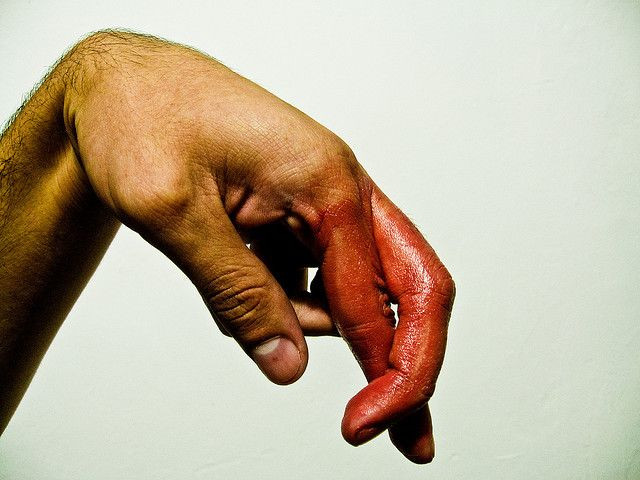AIDS Epidemic Can Be Controlled By 2030, UN Says; Success Doesn’t Require Total Eradication

The United Nations just released its latest report concerning the global AIDS epidemic, and the organization has set some lofty goals for itself in less than two decades’ time. By 2030, the new report alleges, the AIDS epidemic will be under control and on par with the rest of the world’s less fatal diseases.
Ending an epidemic doesn’t mean eradicating the disease — at least not initially. Around the world, some 36 million people live with HIV/AIDS, and 13 million of them receive treatment. By all accounts, medical science is winning the fight. In sub-Saharan Africa, the area with the greatest rate of disease, 90 percent of the people with AIDS receive treatment in the form of antiretroviral therapy (ART). Even more uplifting, 76 percent of the people on ART have suppressed the virus enough so that it won’t spread to sexual partners.
"More than ever before, there is hope that ending AIDS is possible," the U.N. AIDS program, UNAIDS, explained in its report. “However, a business-as-usual approach or simply sustaining the AIDS response at its current pace cannot end the epidemic.”
In September 2013, UNAIDS convened a group of the world’s top health officials to determine what ending the AIDS epidemic would look like. Their new 2030 plan is the result of that meeting. Ending the epidemic means “the spread of HIV has been controlled or contained” and that HIV’s impact in society and people’s lives “has been marginalized and lessened thanks to significant declines in ill health, stigma, deaths and the number of orphans.” It also means greater life expectancy, greater acceptance, and reduced costs overall.
If UNAIDS takes no additional action, the organization says numbers will fall at first, but eventually rise again with population booms. Unless it reaches certain targets — 90 percent reductions in new HIV infections, in stigma and discrimination, and in AIDS-related deaths — by 2030 the total number of people living with HIV/AIDS would be 39.4 million, instead of the projected 31 million. The goal, as UNAIDS sees it, is stopping new infections from occurring. And the way it intends to do this is through virus suppression now.
It’s the only way any organization has hopes of breaking the vicious cycle, UNAIDS explains. “For example, the current annual rate of reduction of new HIV infections is about five percent and AIDS-related deaths is seven percent, but to reach the 2030 target,” the report states, “new HIV infections will have to decline by 20 percent annually and AIDS-related deaths by 15.5 percent from 2014 onwards.”
Since AIDS first emerged in the 1980s, the epidemic has killed 39 million of the 78 million people it has affected. Science has made every effort to find a vaccine, let alone a cure, but progress is decidedly slow. Dr. Robert Gallo, the co-discoverer of HIV as the cause of AIDS, says treating HIV early is challenging because the virus mutates fast, and not always in plain sight. “We know these antibodies exist in infected people,” Gallo told Medical Daily, “but after a long wait and after a lot of different variants of the virus emerges. We need to be able to have them at the get-go before infection.” Michel Sidibe, the director of UNAIDS, echoed the importance of moving fast. Under the current timeline, reaching each 2030 goal will require meeting short-term demands in the meantime. These include revving up HIV treatment programs in underserved countries and recognizing pocketed threats early. “We have a fragile five-year window to build on the rapid results that been made,” Sidibe said. “The next five years will determine the next 15.”



























